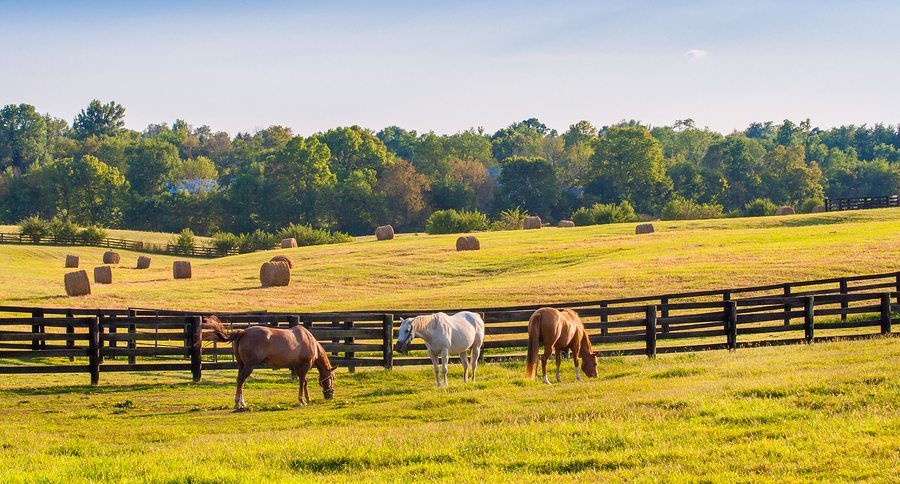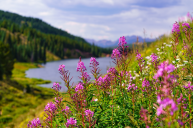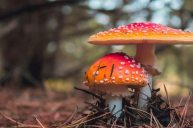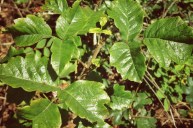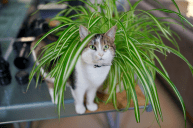Attention, horse owners!
It's growing season, and so, time to patrol the pasture again. No matter where you live, there are likely dangerous plants lurking around where your horse grazes. That's why good pasture management is key!
Here's a quick guide to five common plants that can seriously harm your horse.
1. Bracken Fern
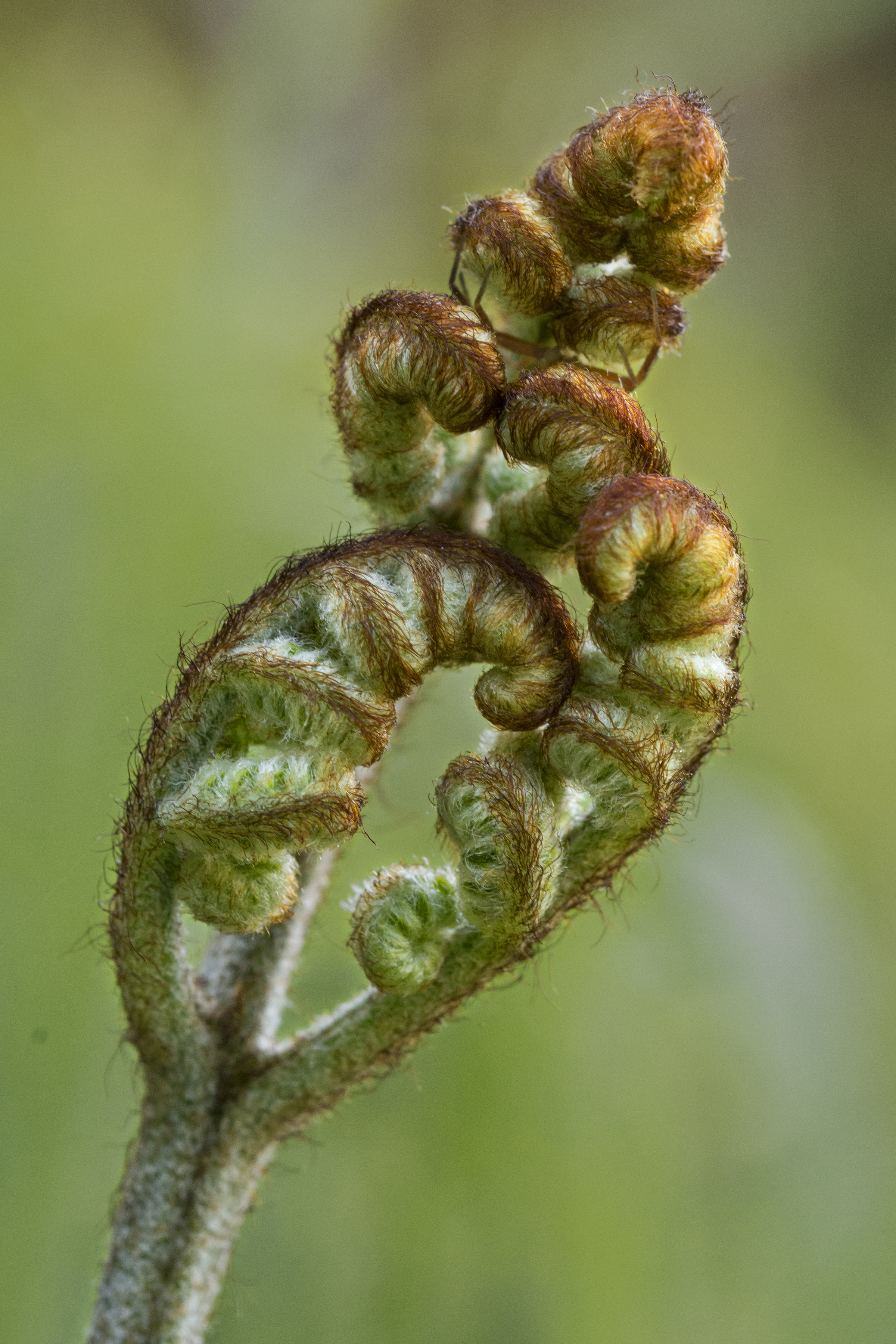
Known also as brake fern or eagle fern, this little plant looks innocent, but don't be fooled. It can interfere with a horse's ability to process thiamin, a B1 vitamin critical to a horse's health.
Without sufficient levels of thiamin, nerve function declines. Horses must consume large amounts of the plant for it to become toxic. However, over time, the plant can result in significant neurological deficits. Additionally, horses have been known to develop a taste for the fern and may seek it out.
Bracken fern can be found across the U.S. along roadsides and on undeveloped land. Symptoms of bracken fern poisoning include: lack of coordination, blindness, and neural disruptions such as depression.
2. Wild Carrot
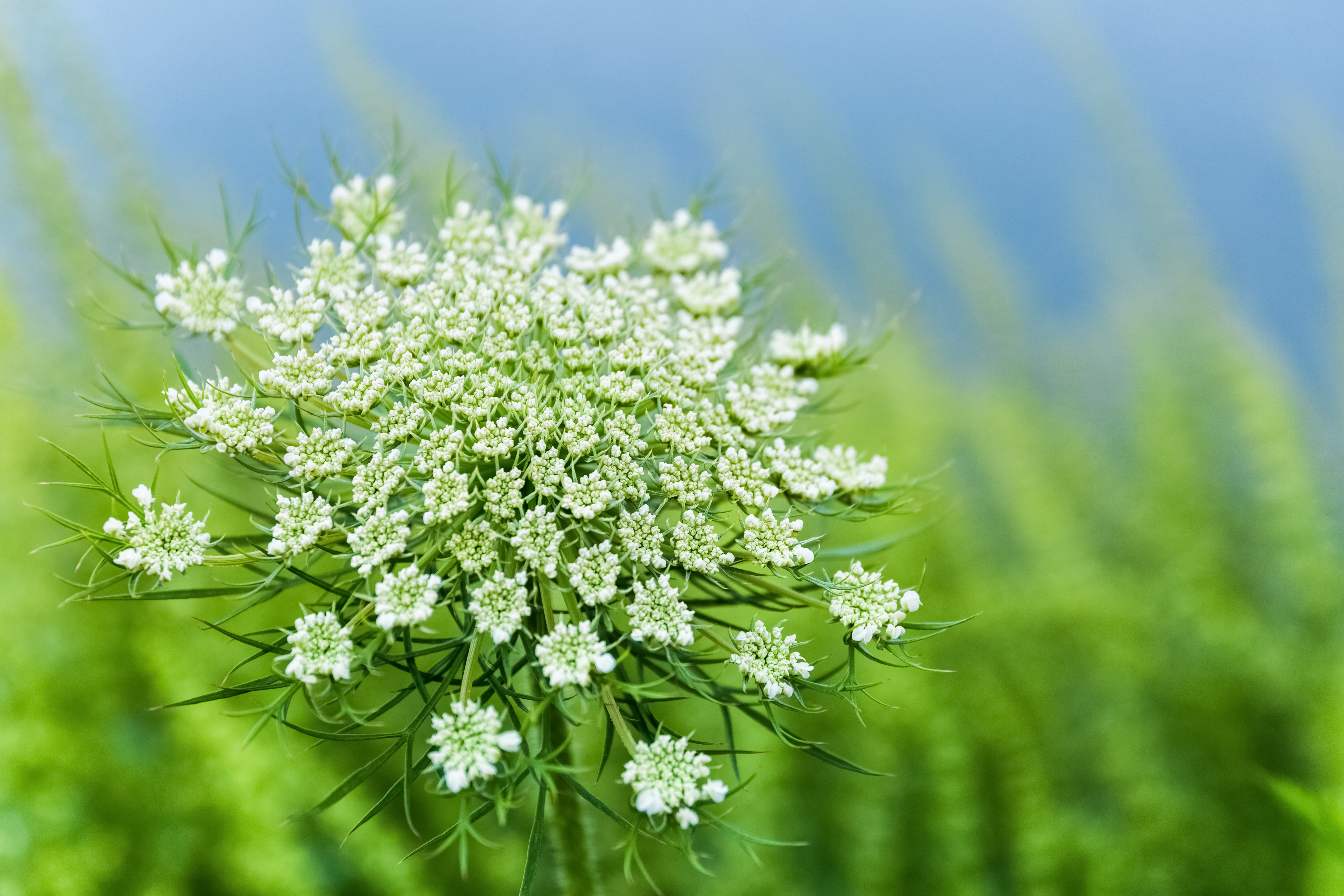
Daucus Carota, also known as bird's nest, bishop's lace, and Queen Anne's lace, is a highly toxic plant. It contains a host of cyanide compounds and neurotoxins that interfere with a horse's nerve function. The negative effect is exacerbated when the plant cells are damaged. Spring is the time to watch out for this dangerous plant, as its toxicity is highest when its flowers are in bloom.
Wild carrot can be found across the U.S., particularly along roadsides and in unkempt pastures and waste areas. Symptoms of wild carrot toxicity include skin irritation resulting from contact with sap.
READ MORE: 10 Common Poisonous Plants to Avoid at Home
3. Milkweed
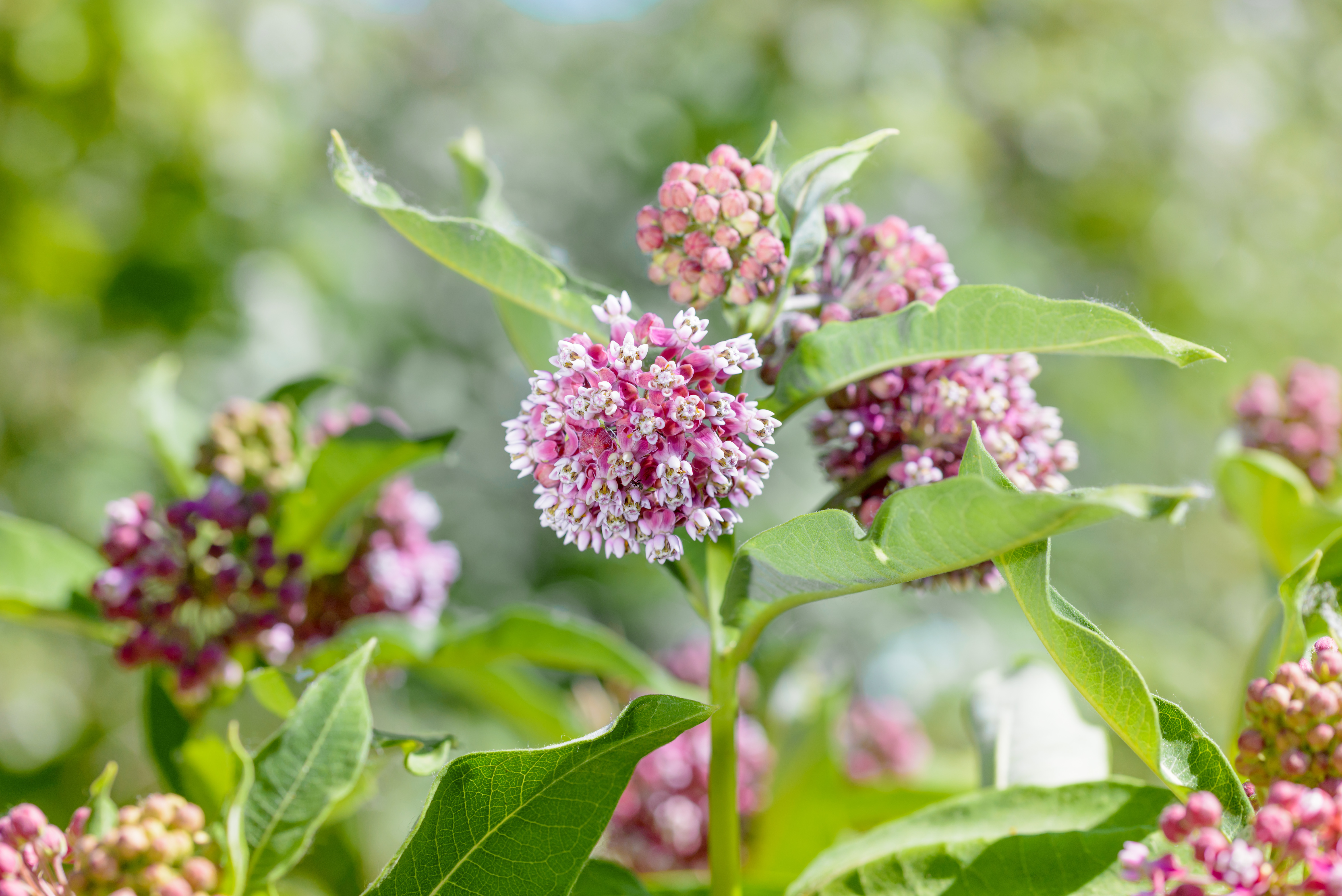 This nasty plant is a member of the cardenolides family of toxins. These compounds, even in small amounts, can do significant damage to the cardiovascular system. Milkweed is a bitter plant that grazing animals generally pass up, but in the event that they consume a mature specimen, it could cause cardiac arrest.
This nasty plant is a member of the cardenolides family of toxins. These compounds, even in small amounts, can do significant damage to the cardiovascular system. Milkweed is a bitter plant that grazing animals generally pass up, but in the event that they consume a mature specimen, it could cause cardiac arrest.
Milkweed can be found along roadsides, in ditches, and in unkempt pastures. Symptoms of milkweed toxicity include weakness, slow, shallow breaths, elevated pulse, an inability to stand, and incoordination.
4. Maple Trees
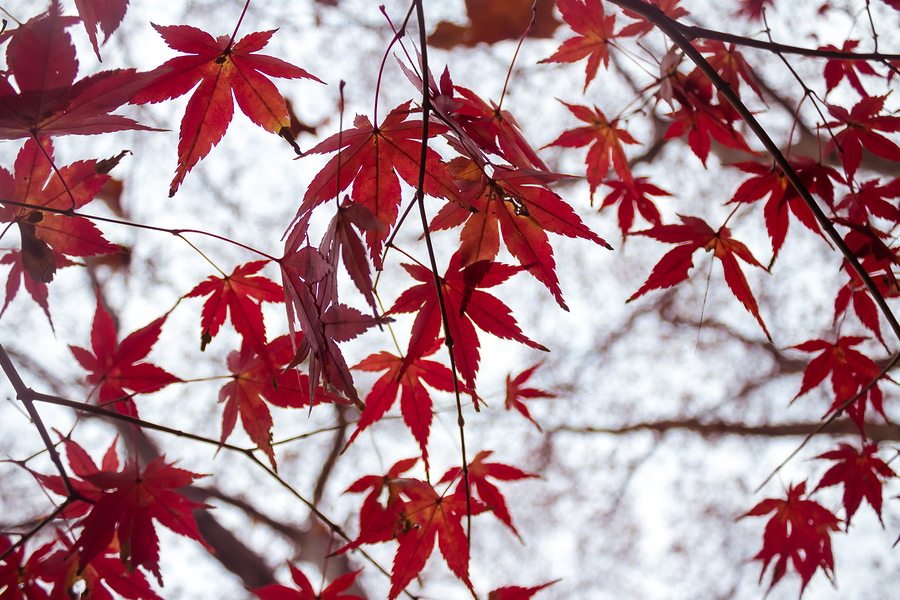
They might be pretty, but they're also dangerous. It's not the maple tree's fresh leaves that you have to watch out for, but rather the fallen, wilted leaves that are cause for concern. Upon digestion, deteriorated red maple leaves cut off oxygen supply to a horse's organs. While silver maple and sugar maple leaves are also dangerous, red maple is the most toxic. A horse that consumes large quantities, more than a pound or two, of the nasty red leaves is at great risk for red blood cell damage.
Red maple trees, scientifically called acer rubrum, can be found across the United States but are most prevalent in the northeastern part of the country. Symptoms of maple leaf toxicity include loss of appetite, dehydration, dark urine, yellow-tinted gums, respiratory distress, and elevated heart rate. If you see any indication of maple toxicity, your horse will need an emergency IV immediately.
READ MORE: 5 Toxic Trees That Are Dangerous to Horses
5. Water Hemlock
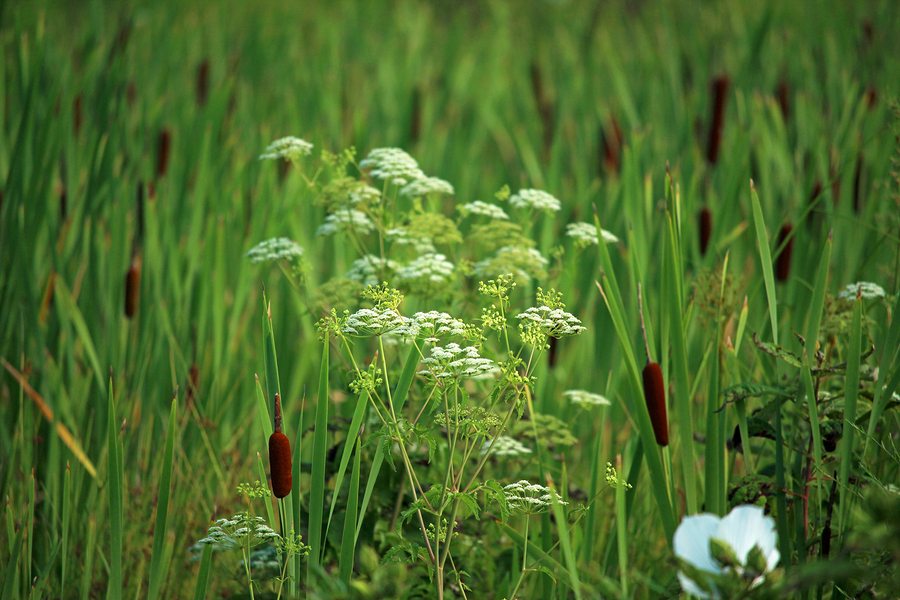 Many horse owners are well aware of the dangers this weed poses. Water hemlock is full of cicutoxin alkaloid, which is deadly to the central nervous system. Every part of the plant is dangerous, but most of the toxins are concentrated at the base and roots. It doesn't take much to cause a problem. Less than a pound of leaves or stems, whether dried, fresh, or aged, can be toxic to a horse.
Many horse owners are well aware of the dangers this weed poses. Water hemlock is full of cicutoxin alkaloid, which is deadly to the central nervous system. Every part of the plant is dangerous, but most of the toxins are concentrated at the base and roots. It doesn't take much to cause a problem. Less than a pound of leaves or stems, whether dried, fresh, or aged, can be toxic to a horse.
Water hemlock (scientific name, cicuta) grows all over North America and is generally found in chronically damp areas such as creeks, springs, marshy areas, and other places with constantly wet ground. Symptoms of water hemlock toxicity include excess saliva, dilated pupils, respiratory distress, and seizures. Symptoms from water hemlock are sudden, taking effect in less than an hour. Do not wait to seek help if you suspect your horse has ingested water hemlock.
Other plants to watch out for are sudan grass, black walnut trees, cherry trees, the invasive yellow starthistle, nerium oleander, johnsongrass, locoweed, white snakeroot, Japanese yew and English yew, tansy ragwort, mountain laurel, russian knapweed, and deadly nightshade.
Fortunately due to their size and body weight, horses are somewhat less vulnerable to certain types of flora that are poisonous to smaller animals. However, the severity of a toxic reaction depends largely on the amount of a plant that has been ingested.
It's also important to keep in mind that the symptoms listed here are by no means exhaustive, and that different strains of a plant can produce different symptoms and interfere with different organs and body systems.
Here are a few of the general symptoms of plant poisoning to be aware of:
- Excessive salivation
- Muscle spasms
- Disorientation
- Trouble chewing or swallowing
- Colic
- Respiratory distress or higher-than-normal respiratory rates
- Fast or slow heart rate
- Abnormally-colored or bloody urine
- Tremors
- Weight loss
- Difficulty breathing or labored breathing
- Obvious pain
- Jaundice or pale yellowish gums
Plant toxicity is no joke and can be fatal to horses, sometimes very quickly. If you think your horse has ingested a toxic plant, do not wait to seek help. Contact an emergency equine veterinarian immediately; your horse's life could depend on it.
How do you manage your horse pastures and grazing areas? Tell us in the comments below.
WATCH NOW: Wide Open Pets Goes to the BEHS Horse Expo
